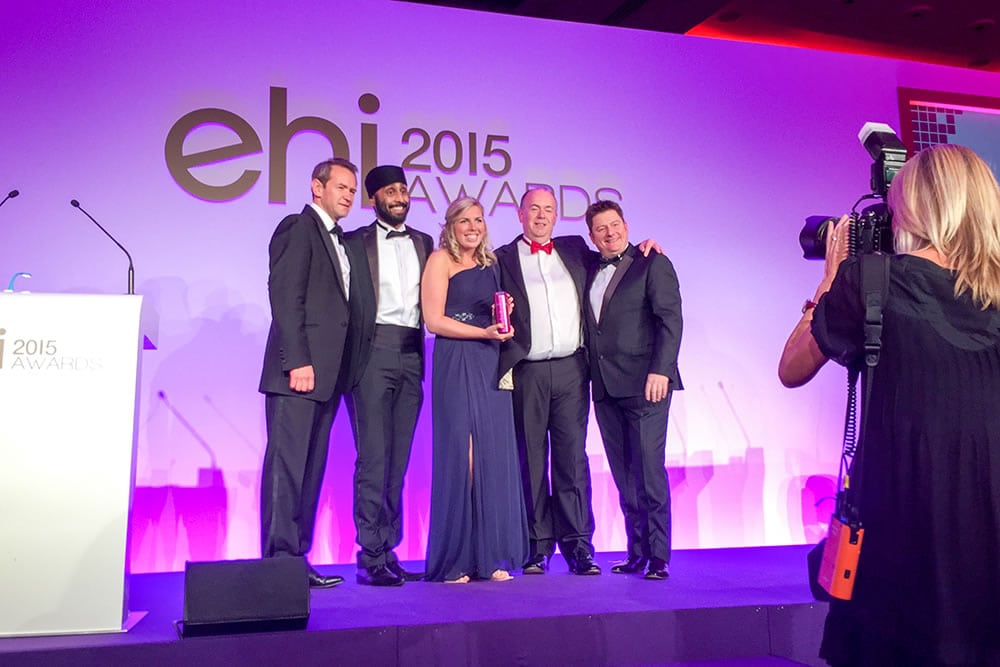Social media – you either love it or hate it. Some see the value, some view it as a nuisance. Whatever your stance, it’s a communication channel that’s not going away.
In January 2015, there were over two billion active social media accounts and rising.
This means organisations and individuals are now communicating across different platforms, using various methods, all in real time. It has become an essential part of a communications strategy.
What is impact on healthcare? You would think the NHS, with a history of adopting technology at a slow pace coupled with a perception of being closed with its communications, might resist this type of medium.
But you would be wrong. Last year alone, it was reported that over 75,000 doctors, nurses, pharmacists and consultants were using Twitter posting more than 152,000 tweets a day.
Just looking at the Twitter feed of @WeNurses shows how like-minded individuals can share stories, ideas and experiences to help improve healthcare services.
Platforms such as Twitter provide an opportunity for NHS leaders to engage. Sir Stuart Rose recently recommended a single service-wide communication strategy to broadcast good news. Will social media be part of that strategy? I do hope so.
But what impact does social media actually have on the health service? How is it improving outcomes? Is it worth the time and effort?
Last night’s EHI Awards, which rewards excellence in health IT, demonstrated just why it is worth doing.
Five organisations, shortlisted in the ‘Best use of social media to deliver a healthcare campaign’, sponsored by Highland Marketing, proved that it can make a difference.
Leicestershire Partnership NHS Trust used Facebook, Twitter and YouTube to encourage 60,000 local children, young people and parents to get vaccinated against the flu.
To relieve the pressure on busy local A&E departments, NHS Arden and Greater East Midlands Commissioning Support Unit helped reduce attendees by 23% and saved more than £180,000 by delivering an awareness campaign through social media.
Facebook, Twitter and a website were the chosen channels by NHS Borders to encourage staff to make small changes leading to big differences in working practices, patient experience, health and wellbeing.
NHS South East Commissioning Support Unit developed a website and app helping people to identify the most appropriate health service across its local areas. Web traffic was driven by engaging with the public on Pinterest, Vine and Google+.
These are some excellent case studies for using communication for positive change.
It was however a campaign that boasted 2.4 million impressions, 45,000 ‘likes’, 4,500 comments, 10,000 shares and 867 donations worth £5,000, that caught the judges attention the most.
The #bloodsugarselfies campaign by Diabetes.co.uk aimed to take advantage of World Diabetes Day as a way to raise funds. People downloaded and shared selfies showing their glucose meter and reading – which attracted celebrity engagement of Chaka Khan no less.
What a great effort in raising awareness and money for a condition suffered by 3.3 million in the UK. The team walked away as deserved winners, and gathered their prize from Highland Marketing CEO Mark Venables, alongside co-hosts Alexander Armstrong and Neil Hadland.
All of the finalists above have shown that, with a little creativity and willingness to make difference, good things can be achieved through social media.


